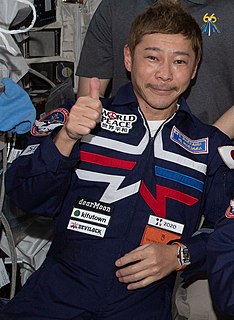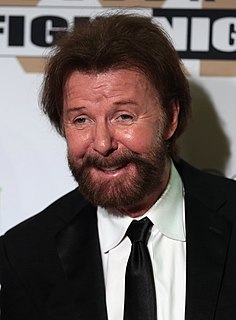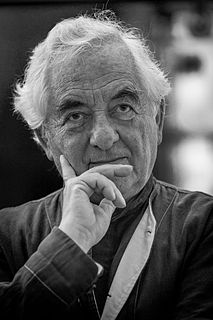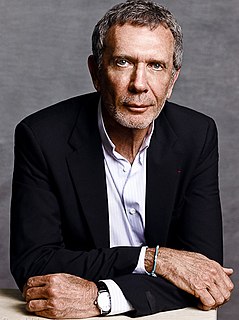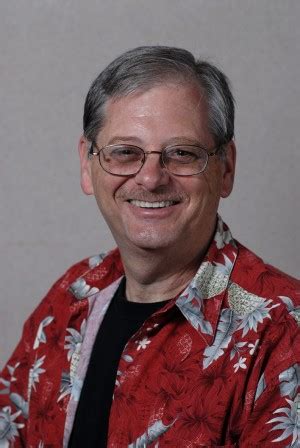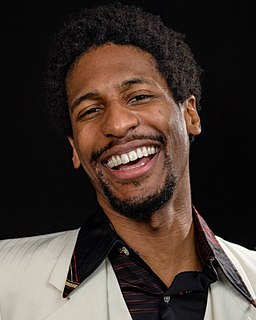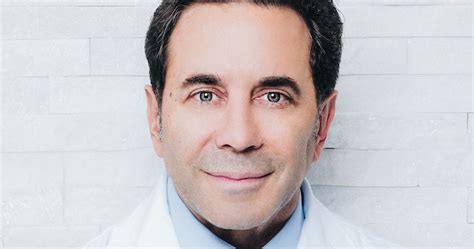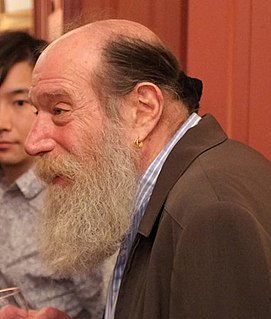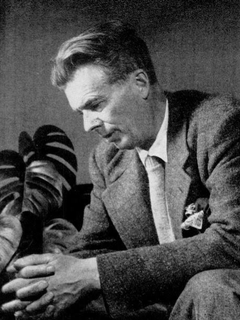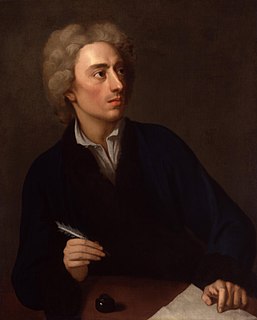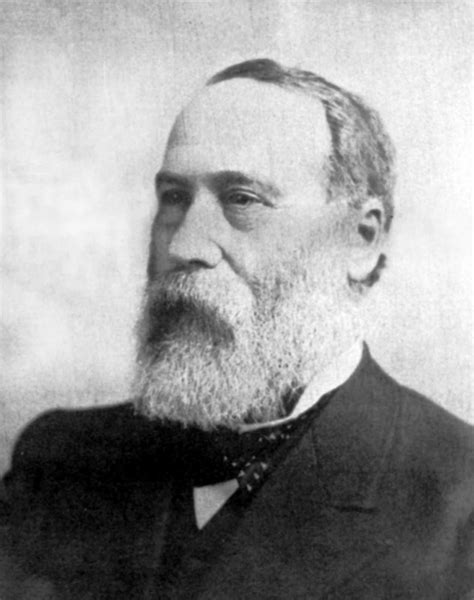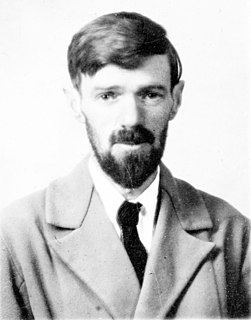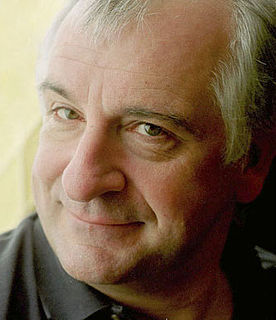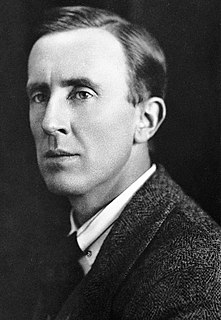A Quote by Laurence Graff
Collecting contemporary art I started with some of the younger artists. Although, having a son who's an artist, I was hesitant-I think he was a little anxious when I bought another young man's work. But it might have encouraged him in the long run.
Related Quotes
I'm attracted to the work of younger artists, and it's affordable compared to mature art, so you can take a chance much easier on a younger artist. I can't say that I've found an artist who I think is going to be the next Bacon or Warhol. You shouldn't have to do that really. You go forward, and you find something new.
Today it's not strange to see an artist 30 years old having her first retrospective! Different time, different speed. After having been the key point of recognition for an artist, the museum today is just another place to experiment and work, like we can do in any art fair. The king or queen of the moment is completely ignored and replaced by the new one a few years later. Contemporary novelty in art disappears faster than the seasonable changes of the fashion designs.
The Metropolitan Museum of Art some time ago held a display of contemporary art at which $52,000 was awarded to American sculptors, painters, and artists in allied fields. The award for the best painting went to the canvas of an Illinois artist. It was described as "a macabre, detailed work showing a closed door bearing a funeral wreath." Equally striking was the work's title: "That which I should have done, I did not do."
I always want to be doing both to travel as a teacher and lecturer, and to be a musician. I think in this generation institutionalizing the art form and spreading it to the younger generation through education is really important for all artists to have some hand in. Right now in popular culture and the mainstream, it's not a big part at all. I think education by young artists talking to young people, not just older people talking to young people, it gives an experience never felt before. I think over the years it will do a lot for the music.
As nice as some of the booths are, it's not the same thing. It's a pity for young artists, because one of the things that a younger artist can look forward to is an emerging dealer who has a space that they can take over and build whatever will suit whatever aesthetic they find themselves in. In an art fair, you turn yourself into an object.
What makes someone an artist? I don't think is has anything to do with a paintbrush. There are painters who follow the numbers, or paint billboards, or work in a small village in China, painting reproductions. These folks, while swell people, aren't artists. On the other hand, Charlie Chaplin was an artist, beyond a doubt. So is Jonathan Ive, who designed the iPod. You can be an artist who works with oil paints or marble, sure. But there are artists who work with numbers, business models, and customer conversations. Art is about intent and communication, not substances.

